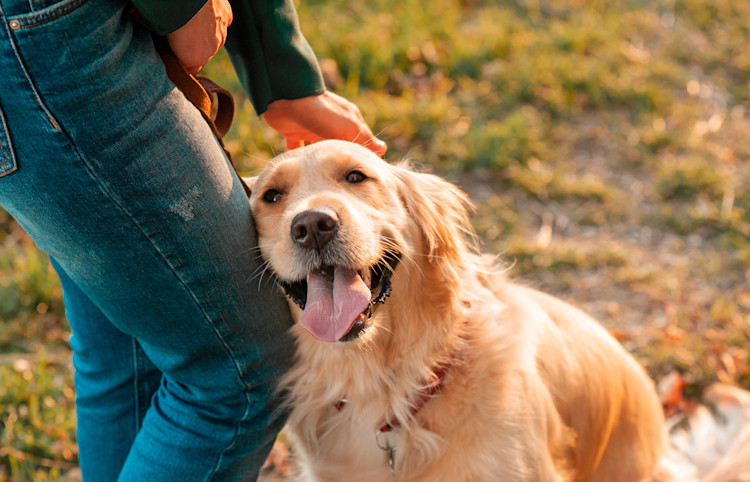
Dog Training Collars with Tone: Enhance Communication Effectively
Share
In the realm of pet care, especially for those who are health-conscious, understanding the nuances of dog training collars with tone can make a marked difference. These devices not only foster effective communication between the owner and the pet but also do so in a way that supports a dog's well-being. Let's delve deeper into how these collars work and why they become essential in a pet owner's toolkit.

Why Choose Dog Training Collars with Tone?
The decision to utilize dog training collars with tone stems from a desire to train our pets in a humane manner. Unlike shock collars or those that emit citronella sprays, these tone collars enable a gentle yet assertive way to communicate with your pup. The primary function of these collars is simple: to emit a sound that catches your dog's attention, reminding them to follow a command or cease an undesirable behavior.
Benefits for Health-Conscious Pet Owners
For the health-conscious pet owner, it's vital to ensure that training tools do not harm the dog's mental or physical health. Tone collars are beneficial because they offer:
- Non-invasive training: No harm is caused to the dog as these collars rely on sound.
- Positive reinforcement: Can be paired effectively with rewards to reinforce good behavior.
- Adjustability: Volume and tone settings can often be modified to suit individual pet needs.
Understanding the Mechanism
Dog training collars with tone function through sensors and sound emitters. When activated, the collar emits a tone that the dog has been conditioned to recognize. This sound serves as a cue or reminder for the dog to exhibit certain behaviors. For instance, if a dog pulls on its leash, a tone can be used as a signal to correct this action. To learn more about dog training tips, explore additional resources.
Integrating Tone Collars with Training Sessions
To heighten the efficacy of dog training collars with tone, integrate these devices with regular training sessions. Here, consistency is key. Suppose your dog tends to show reactivity towards food; in that case, it's crucial to train in controlled environments initially, gradually introducing the bottle using tones for guidance. You can explore more on dog reactivity solutions to tackle this common concern.
Training Techniques That Complement Tone Collars
Many techniques complement the use of tone collars. The most popular ones include:
- Clicker training: Often dogs respond well to clickers alongside tone cues.
- Reward systems: Combining tones with treats to encourage obedience.
- Gestural cues: Simultaneously employing hand signals to reinforce commands. Learn more on how to train effectively through resources like the Best Friends Organization.
Navigating Challenges
Interruptions during training can sometimes pose challenges. When using the collar, ensure your environment minimizes distractions. Should your dog appear stressed or unresponsive, it's best to pause training and reassess your method. Addressing these concerns early can contribute to a more seasoned training process moving forward. For those grappling with behavioral hiccups, diving into characteristics and care of specific breeds can provide further insights.
Adopting a Balanced Perspective
Incorporating dog training collars with tone into your pet's routine should not replace building a deeply caring relationship. These tools are meant to enhance learning and understanding, complementing the bond between the pet and owner. Harmonizing training with love, attention, and patience ensures your dog grows not only obediently but also healthily.
Final Thoughts
The world of dog training collars with tone bears potential when wielded correctly. These collars serve as an essential resource for health-conscious pet owners, marrying technology with compassion. As the journey into dog training unfolds, complementing it with adequate research and expert tips empowers pet owners to foster harmonious living environments for their beloved companions.

FAQ Section
1. Are tone collars suitable for all dog breeds?
Yes, these collars are versatile and can adapt to various breeds. However, understanding your pet's individual temperament makes a significant difference.
2. Can tone collars entirely replace traditional training methods?
No, they should complement rather than replace conventional methods. Balancing training techniques ensures holistic growth for your pet.
3. How can I ensure humane use of tone collars?
Start with lower tone settings, observe your dog's response, and always reinforce positive behavior with rewards.
For continuous reading, explore detailed topics on different collar types. Let your training journey bear success!
This article contains affiliate links. We may earn a commission at no extra cost to you.
